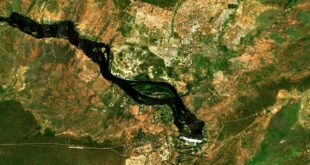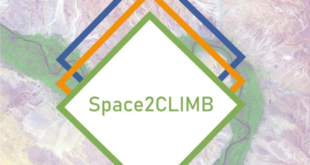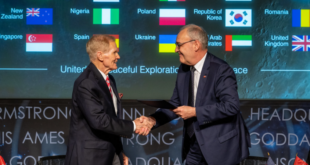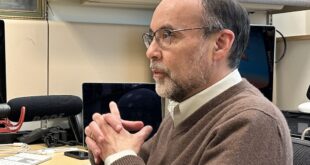ESA’s Holger Krag on space debris: We don’t need to conduct research anymore, we need to act!
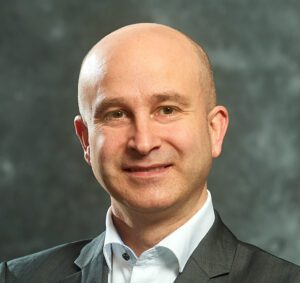
In April 2022, ESA’s new Center for Space Safety was opened in Darmstadt. Andreas Schepers spoke with Dr. Holger Krag, Head of ESA’s Space Security Program, about the ESA program and the tasks of the new center. At the beginning of the interview, Krag explains the ESA program and outlines the three areas of space weather, asteroid defense and space debris.
Krag emphasizes the importance of better understanding space weather to protect infrastructure in space and on Earth. ESA is planning its own mission, Vigil, to observe the sun to provide early warning of solar storms. The mission to L5 is scheduled to launch in the second half of this decade.
Asteroids, NEOs, will also be observed by the program. ESA is concentrating on finding any smaller objects (less than 500m in diameter). The goal is to be able to warn of impacts with three weeks’ notice. ESA and NASA are jointly investigating how to deflect potentially dangerous objects. While NASA’s DART mission is impacting the moon of the Didymos asteroid system, ESA’s HERA mission will subsequently study the system and the impact site.
Asked about the worsening problem of space debris, Holger Krag says that with satellite launches increasing rapidly, now is the time to act. A start must be made, he says, on actively removing space debris from particularly popular orbits. In addition, new technologies for active debris removal must be used in the future. ESA is working with the Swiss startup Clearspace on a removal mission. ClearSpace-1 is set to launch around 2026. Krag emphasizes that there is also an urgent need for an international regulatory framework.
The informative and entertaining conversation with dr. Holger Krag was led by Andreas Schepers, space communicator and friend of SpaceWatch.Global on 12 May 2022.


